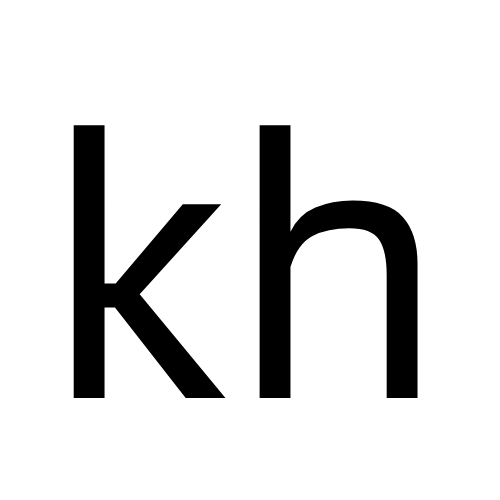
2 Ways of Knowing
Circular and linear thinking:
Unlocking new perspectives and strategies
Introduction to 2 Ways of Knowing
The way our minds work is both complicated and complex. Nonetheless, there is a pattern to our thoughts and decision making. The 2 Ways of Knowing Project offers a model for circular and linear thinking that helps us unlock this pattern. Separating linear from circular thinking allows us to see their distinct natures and operate successfully within each thinking style. Most significantly it offers us two forms of power.
Today, linear thinking has a robust framework onto which we hang ideas related to areas like engineering, economic theory, Western medicine, business, and government administration. Yet there is another half to the human capacity to navigate life, circular thinking, that has been neglected. We want qualities like creativity, talent development, resilience, transformation, authenticity, and happiness but have yet to embrace the operating principles of circular thinking to foster them.
Linear power is the ability to assert our will, even against resistance. The Goldilocks Test of “not too much, not too little, just right” determines the positive or negative applications of this power. The extreme in either direction is bad, while the middle zone defines good uses of linear power.
Source: Growth Hackers
Circular power comes from knowing yourself, being yourself, and supporting others in knowing themselves and being themselves. It is modulated by the Generative Principle that understands that the feelings we give our attention to will grow and be contagious. Here, the positive and negative aspects are states of connection and disconnection. Both these states offer the potential benefits of insight. Circular thinking generates power from the recognition that we can choose which of our many feelings we will give our attention to and cause them to grow.
Within this world of linear power there are three core operating principles. Linear thinking focuses on the external world (1) looking for sources of danger. It responds to fear-activated emotion with the impulse to push back (2) and overcome obstacles. We do this by employing an either/or filter (3). (We are on track or off track, one option is better or worse, etc.) These three operating principles, used individually or in combination, manifest linear thinking. Their positive result is concepts like competition, data reliance, control, budgets, efficiency, logic, certainty, excellence, precedence, categorization, rules, scientific methodology, predictability, safety, and justice.
Circular thinking begins with an internal gaze (1) where we become aware of our subjective heart-felt impulses and gut instincts (connection-based feelings). This results in the desire to pull- in (2) more of what is nutritious, appealing, meaningful, and novel. We assume a receptive attitude of saying yes-and-both (3) to what comes our way (connect and expand). These three operating principles, individually or in concert, lead to qualities like curiosity, inclusivity, creativity, meaningful relationships, deep engagement, authenticity, insight, open and responsive listening, resilience, transformation, collaborations, belonging, diversity, and happiness.
Source: iStock Photo
The operating principles of linear and circular thinking create two very different environments that are best seen by standing on the bridge between them. From this bridge, we can ask good questions like:
“Which form of power am I currently using?”
“Am I pushing back against what they are saying?”
“What would it look like if there was an aspect I could pull in with curiosity?”
Knowing we have a choice between linear and circular thinking doubles our power. Allowing these two ways of knowing to operate side-by-side and take us to even greater heights of wholeness.







